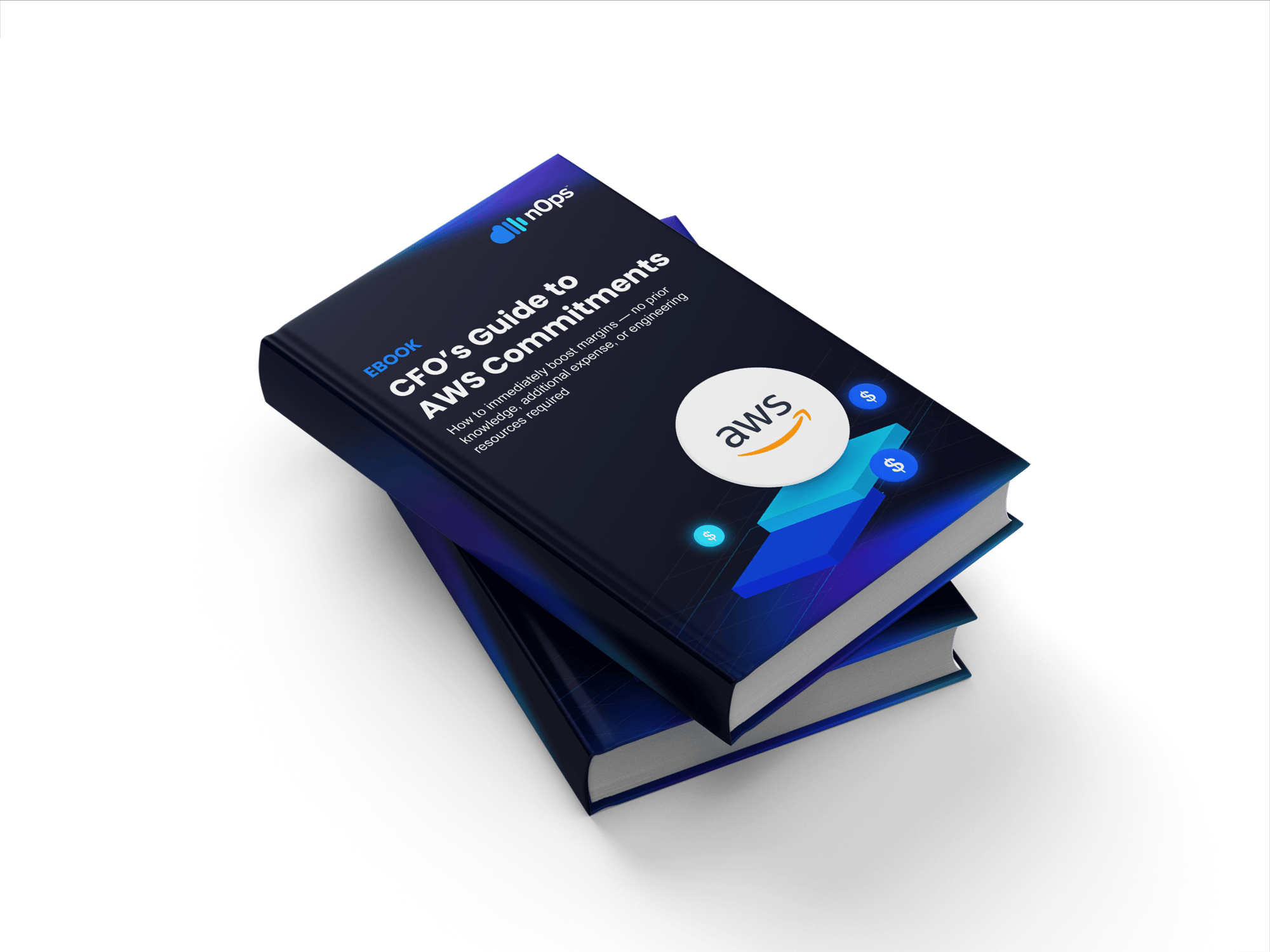Cloud-agnostic refers to technology that is compatible with different cloud infrastructures. This technology can be moved from one cloud environment to the other without disruptions. It can be a tool, application, or management platform.
Cloud-agnostic tools can work across numerous cloud providers like AWS, Azure, GCP (Google Cloud Platform), and more. You can use a single tool on AWS (AmazaonWeb Services), the same as on GCP and Azure. Similarly, you can move agnostic applications from one cloud platform to the other. They can interact with all file types and exchange data with different software. Agnostic platforms can run on different platforms, including Windows, Linux, and iOS.
The cloud-agnostic concept achieves cloud neutrality. You can operate on AWS, Azure, GCP, and any other cloud platform without experiencing bottlenecks. Migrating to the cloud and shifting from one platform to the other becomes more resource-effective.
What is the Difference Between Cloud-agnostic and Cloud-Native?
Cloud-agnostic refers to technology that’s compatible with multiple cloud platforms. Apps, tools, and platforms that are compatible with any cloud platform are agnostic. Cloud-native refers to technology that’s suitable for a single cloud platform. For instance, a tool that’s only compatible with AWS is cloud-native.
What are the Benefits of Cloud-agnostic?
Cloud-agnostic tools are beneficial for a variety of factors, including:
No Vendor Lock-In
Cost Savings
Having a cloud-agnostic approach has numerous cost-saving benefits. If you are operating a multi-cloud environment, you don’t have to acquire tools for each platform. This means you can purchase a single tool and use it across different cloud providers, which allows you to benefit from cost savings. These cost savings as your company continues to grow.
Being cloud agnostic/using cloud agnostic tools will help you easily compare and choose the least expensive options without compromising quality. This helps you choose the optimal cloud provider with minimal costs at all times.
Better Business Performance
What is the Best Cloud Approach to Choose?
A cloud-agnostic approach is the best choice for a business that wants to gain agility and performance. It gives you complete control over your cloud adoption. You don’t have to stay locked in with one vendor all the time.
This shift to multi-cloud brings flexibility—but also operational chaos, hidden costs, and steep learning curves.
That’s where platforms like nOps come in. While each cloud provider has its own cost tools, none give you a unified view across environments. nOps pulls in cost and usage data from AWS, Azure, GCP, Kubernetes, and even SaaS platforms—then normalizes it into a single, business-friendly view. Whether you’re trying to understand container spend in EKS, compare compute costs across providers, or allocate multicloud usage by team or feature, nOps makes it easy to see and act on what’s really driving cloud costs.
nOps was recently ranked #1 with five stars in G2’s cloud cost management category, and we optimize $2+ billion in cloud spend for our customers.
Join our customers using nOps to understand your cloud costs and leverage automation with complete confidence by booking a demo with one of our multicloud experts.




